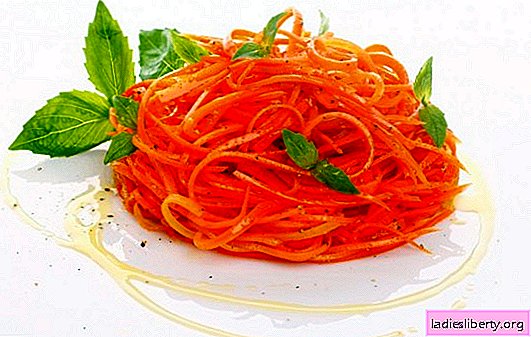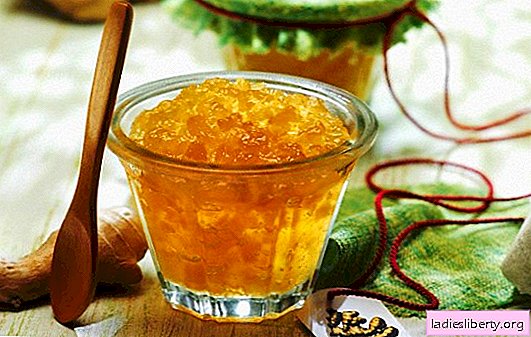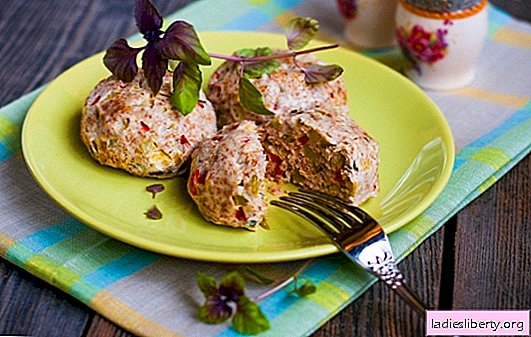
Verbeynik - general description
Loosestrife monetized (Lysimachia nummularia, leech, coin, wound grass, snake root) is a perennial plant of the primrose family. The stem is tetrahedral, creeping, sparsely branched, can reach a length of 10 - 50 cm, rooted in nodes.
Leaves are wholly extreme opposite, short-leaved, round or epileptic. The flowers are small bell-shaped, golden yellow, have small glands in the form of pink dots. Verbeynik is a good honey plant, attracts a large number of bees that pollinate the plant. Flowering occurs in the first half of summer, lasts approximately 10-15 days.
Verbeynik - species and places of growth
This hygrophilous plant grows in moist places of meadows, coastal slopes, ditches and bushes. It occurs in places with a temperate climate in Europe, Asia and America. In the CIS, it can most often be found on the territory of Belarus, where it is called vyarbishnik or zholotnik.
Verbeynik - medicinal properties
This plant has a number of properties useful in medicine: wound healing, hemostatic, astringent and analgesic. However, official medicine does not currently use this plant. It is used in folk medicine to eliminate the symptoms of diarrhea, internal bleeding. The healing property of loosestrife tea was used to treat purulent, non-healing wounds, with eczema, thrush, and stomatitis. Loosestrife is widely used in homeopathy.
Verbeynik - dosage forms
Verbeynik contains tannins, carbohydrates, silicic acid, rutin and saponins in all parts of the plant. The largest amount of vitamin C is contained during flowering. Gather it with roots and dry it in ventilated non-sunny rooms. Loosestrife grass is used to make herbal tea. Grind the flowers and leaves and use this mixture to treat abscesses. Fresh leaves are also used for application to wounds. Dried root powder is used as a painkiller and wound healing agent.
Verbeynik - recipes
Loosestroth decoction is prepared from the aerial parts or roots. Pour 20 g of the crushed plant with boiling water and keep in a hot bath for half an hour. Wait, without removing from the bath, 10 minutes, filter. Take a third of a glass several times a day. With a cold, the remedy is sweetened with honey, with gastrointestinal disorders they drink without honey and sugar.
Herbal tea: a mixture of loosestrife (15 g.) And mallow leaves (35 g.) Is used. A quarter cup of boiling water is insisted with two tablespoons of the mixture to room temperature. Tea can be drunk with a cold two to three times a day, while gargling with a throat. If the throat does not require rinsing, honey is added to the tea.
Tincture on wine is suitable for the treatment of lungs and chest, is a means for expectoration with a wet cough, relieves shortness of breath. Wine-soaked leaves and flowers cleanse wounds.
Verbeynik - contraindications
Loosestrife is contraindicated in certain blood diseases (with increased coagulation) thrombosis, varicose veins, sclerosis of limb vessels, as well as in patients suffering from hypertension. You can not give decoctions of herbs for the treatment of dry cough in children.
Interesting Facts:
- The origin of the name Lysimachus is associated with the name Lysimachus. History keeps only one well-known Liisimach - this is the military leader and bodyguard of Alexander the Great. Lysimachus found a loosestrife, described and named him by his name. The grass got its Russian name due to the similarity of leaves with a willow leaf.
- A large amount of saponin makes it not attractive to animals as feed.
- This plant is used in landscape design on the sunniest parts of the garden due to its unpretentiousness in care and rapid growth.
Comments











